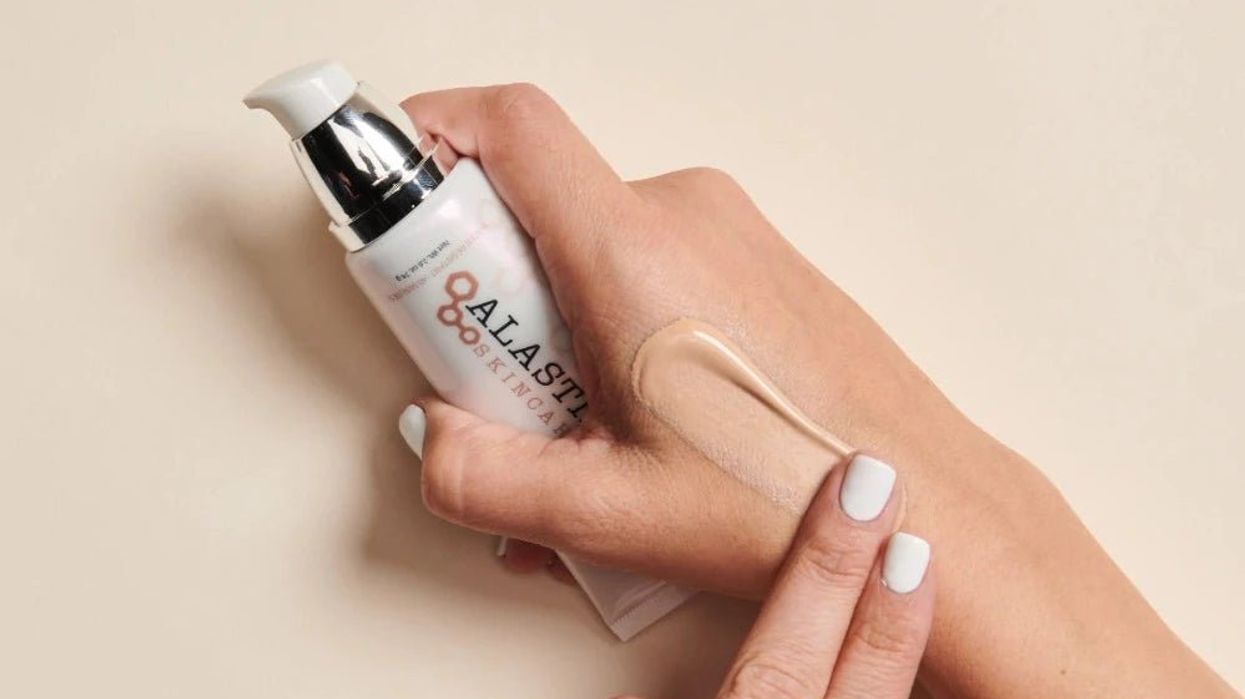Have Fun in the Sun Utilizing These Skin Tips from a Trusted Local Dermatologist

Westlake Derm's best-selling Alastin HydraTint Pro Mineral
THE HUMIDITY IS down and we’re headed toward Labor Day, but summer weather is not over, and the UV rays will beam strong for the next few months. Everyone knows they should wear sunscreen, but not everyone is aware of proper sunscreen application and what products work best in our humid environment. According to a recent survey, amazingly, only half of men reach for the sunscreen on a regular basis!
Neil Farnsworth, an MD at Westlake Dermatology, has come to the rescue with tips to continue all year long in our sunbelt city. Farnsworth is a board-certified dermatologist with longstanding ties to Houston. He grew up in New Orleans, graduated from Harvard University, and later earned his MD at Baylor College of Medicine in the Texas Medical Center where he fell in love with the diversity of challenges found in dermatology.
His first word of advice: All sunscreens are not created equal. “Ultraviolet light is categorized as either shorter-wavelength UVB or longer-wavelength UVA. SPF is a measure of a sunscreen's efficacy against UVB, which causes short-term sunburns, but it turns out that the more deeply penetrating UVA is the worse culprit for causing long term sun-damage and skin cancers,” he says. “We don't have a number-system for grading UVA-protection, only the term broad spectrum. Individual chemical sunscreen ingredients only protect against narrow ranges of the UV-spectrum, and the chemicals for UVA break down easily. Physical or mineral sunscreens are literally microscopic umbrellas and can protect against the full UV spectrum.”
Farnsworth advises that we seek out mineral sunscreens. Higher-end mineral sunscreens have finer particles of zinc, titanium, and sometimes iron, allowing them to blend more naturally with little to no white caste or sheen. Cheaper mineral sunscreens can look quite opaque, especially on darker skin. So, the next best thing to completely mineral sunscreens are hybrids containing chemical ingredients to protect you against UVB, and just enough zinc for UVA protection, but not enough to look pasty.
“Sweat and water resistance formulas are obviously more useful during the summer, though it's important to remember that labeling only must prove that it lasts longer than 80 minutes in those conditions, and so re-applying is of paramount when engaging in outdoor activities,” says Farnsworth.
Lotions or Sprays?
Farnsworth prefers lotions over sprays. Almost all sprays are completely chemical, and therefore inferior to mineral sunscreens or hybrids, and studies show that almost no one puts on spray sunscreens correctly. “You're supposed to apply it as if you were spray-painting a door, not dash it on like bug spray,” he advises.

Farnsworth
Product Faves
He strongly recommends using the hybrid sunscreen Elta MD Sport for yardwork, pools, sports and beaches. “For pure mineral protection I love ISDIN Eryfotona Actinica, with zinc particles so elegantly fine that it blends invisibly even on Black skin. For those who like to wear concealing makeup, an excellent moisturizing substitute is Alastin HydraTint Pro Mineral, one of Westlake Dermatology’s best sellers.” Ideally, we're supposed to re-apply our sunscreen whenever we leave our office or homes throughout the day, but that can be a tough sell in hot, sticky weather. “ISDIN Mineral Brush is a pleasant option for reapplication — you can keep it in your car and just brush the lightly tinted powder on exposed areas before driving anywhere,” says Farnsworth.
Makeup as Sunscreen?
Farnsworth says that Alastin Hydratint is their best-selling foundation-substituting sunscreen, but SkinBetter Science Tone Smart is also quite popular and comes in both a pump and a more classically makeup-style compact. Other popular alternatives to foundation are Elta MD's UV-Elements and UV-Physical sunscreens. “Each product differs in their level of moisturizing and tint, and ideally should be tried on before buying.”
What about applying sunscreen to your face first and then finishing it off with foundation? “Applying foundation on top of sunscreen won't diminish its efficacy, but necessary reapplication of sunscreen later in the day then may require reapplication of your foundation. A mineral sunscreen powder like the ISDIN Mineral Brush may be more practical for such top offs,” he explains.
Other Common-Sense Reminders
Even on cloudy days, don’t forget to apply sunscreen to your feet, exposed scalp or hair part (or wear an SPF hat), and wear a lip sunscreen and protective sunglasses.












